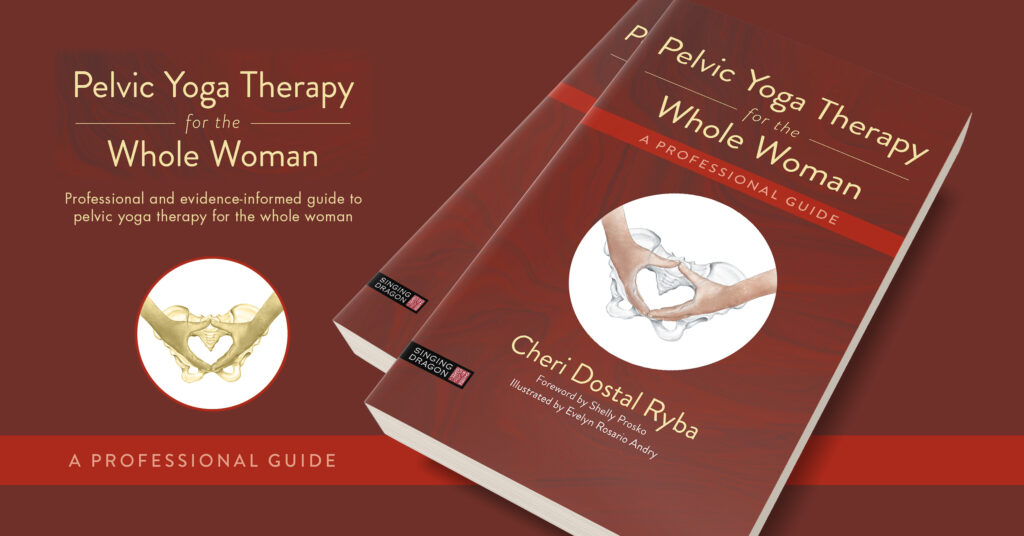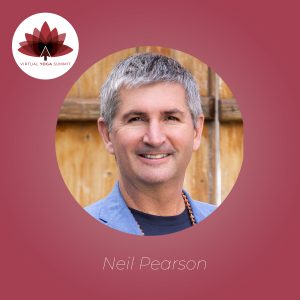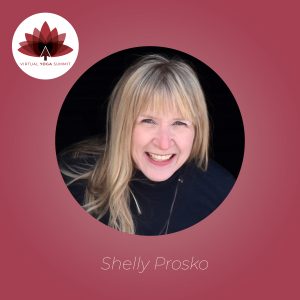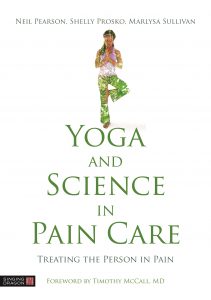by Cheri Dostal Ryba, C-IAYT

I suspect by now many of us have heard that kegels may exacerbate symptoms for some people, and can have limited benefit for others. Pelvic health, like any health or fitness pursuit, requires a dynamic, whole body and whole person approach to creating a lifestyle that both minimizes symptoms and supports healing and thriving. No ‘correct posture’, ‘best’ exercise, or one cookie cutter approach can possibly meet the varied demands of daily life, our psychoemotional fluctuations, and the ever-evolving needs at different seasons in a woman’s cycle and lifespan. Yoga therapy represents a customized, integrative, and collaborative approach to healthcare and wellbeing that respects the complexity of the individual.
Pelvic yoga therapy, put simply, utilizes this comprehensive, therapeutic approach to yoga to improve someone’s pelvic embodiment and function.
Continue reading powerful, as is pain. Both can be forceful motivators of behavioural change. Spoken language can be interpreted in many ways. Sometimes we even question whether words mean what we think they mean. Pain can be the same. We wonder whether pain really is intended to “get us to stop or change our behaviour”. We might also wonder “exactly what is it that I am supposed to change? Maybe the change I need to make is to stop responding this way to my pain!”
powerful, as is pain. Both can be forceful motivators of behavioural change. Spoken language can be interpreted in many ways. Sometimes we even question whether words mean what we think they mean. Pain can be the same. We wonder whether pain really is intended to “get us to stop or change our behaviour”. We might also wonder “exactly what is it that I am supposed to change? Maybe the change I need to make is to stop responding this way to my pain!”
